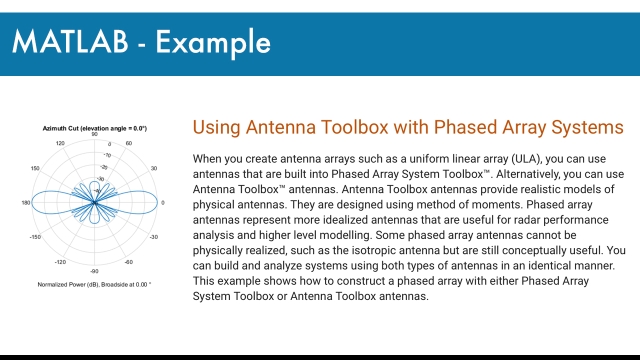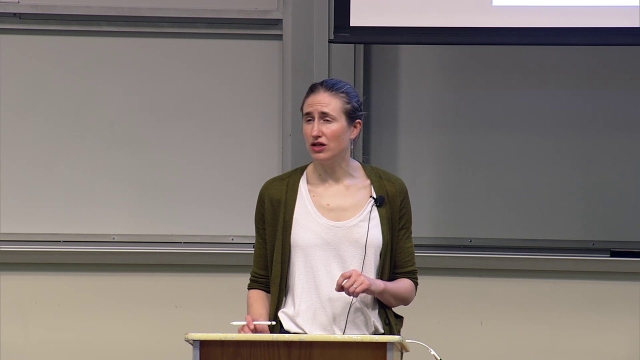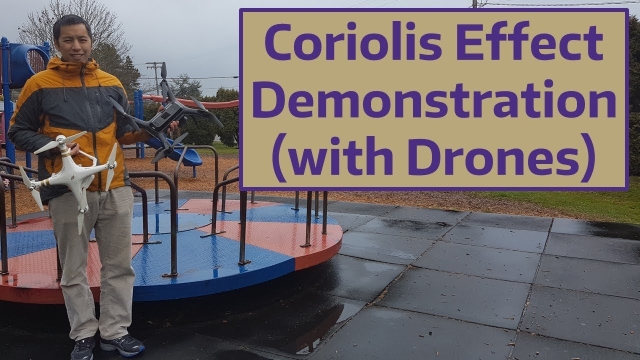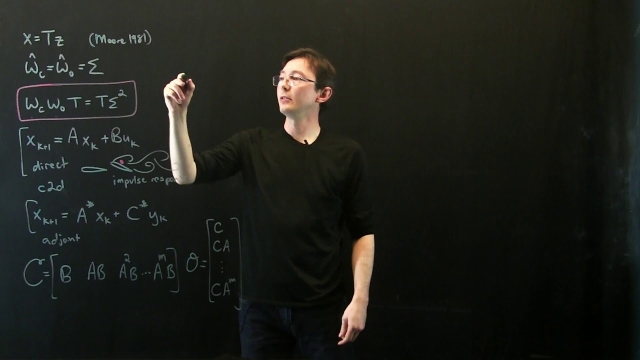
Vector Derivatives (the Equation of Coriolis) and the Angular Velocity Vecto...
In this video we develop the Equation of Coriolis which describes how a vector in a rotating reference frame changes from the perspective of an observer in a non-rotating reference frame. We...
See MoreData-Driven Control: Balanced Truncation
In this lecture, we describe the balanced truncation procedure for model reduction, where a handful of the most controllable and observable state directions are kept for the reduced-order...
See MoreSliding Mode Control Design for Mass-Spring-Damper System
This MATLAB/Simulink example describes the fundamentals of sliding mode control (SMC) and uses SMC to control a mass-spring-damper system.
See MoreRandomized SVD: Power Iterations and Oversampling
This video discusses the randomized SVD and how to make it more accurate with power iterations (multiple passes through the data matrix) and oversampling.
See MoreThe Frobenius Norm for Matrices
This video describes the Frobenius norm for matrices as related to the singular value decomposition (SVD).
See MoreStanford CS234: Reinforcement Learning | Winter 2019 | Lecture 8 - Policy Gr...
Professor Emma Brunskill
Assistant Professor, Computer Science
Stanford AI for Human Impact Lab
Stanford Artificial Intelligence Lab
Statistical Machine Learning Group
RL Course by David Silver - Lecture 2: Markov Decision Process
Explores Markov Processes including reward processes, decision processes and extensions.
See MoreFeedforward Control
When and how to use feedforward control
See MoreNumerically Linearizing a Dynamic System
In this video we show how to linearize a dynamic system using numerical techniques. In other words, the linearization process does not require an analytical description of the system. This...
See MoreIIR Filters - Theory and Implementation (STM32)
Tutorial on IIR (Infinite Impulse Response) digital filters, including digital filtering overview, IIR filter theory, FIR vs IIR, Z-transform design/analysis, design using analogue...
See MoreData-Driven Control: BPOD and Output Projection
In this lecture, we introduce the output projection for balancing proper orthogonal decomposition (BPOD), to reduce the number of adjoint simulations required when the number of measurements...
See MoreGimbal Lock in reference to the Apollo missions
A gimbal is a pivoted support that permits rotation of an object about an axis. For this reason, a set of three axes gimbals are used in spacecrafts to help with orientation attitude control...
See MoreSVD and Optimal Truncation
This video describes how to truncate the singular value decomposition (SVD) for matrix approximation.
See MoreLinear Regression 2 [Python]
This video describes how the singular value decomposition (SVD) can be used for linear regression in Python (part 2).
See MoreStanford CS234: Reinforcement Learning | Winter 2019 | Lecture 1 - Introduct...
Professor Emma Brunskill
Assistant Professor, Computer Science
Stanford AI for Human Impact Lab
Stanford Artificial Intelligence Lab
Statistical Machine Learning Group
Using a Homogeneous Transformation Matrix to Combine Rotation and Translatio...
In this video we discuss how to properly deal with coordinate frames that are both rotated and translated from one another. We develop a homogeneous transformation matrix which combines a...
See MoreRL Course by David Silver - Lecture 7: Policy Gradient Methods
Looks at different policy gradients, including Finite Difference, Monte-Carlo and Actor Critic.
See MoreData-Driven Control: ERA and the Discrete-Time Impulse Response
In this lecture, we describe how the discrete-time impulse response is used in the eigensystem realization algorithm (ERA).
See MoreSVD: Eigenfaces 2 [Python]
This video describes how the singular value decomposition (SVD) can be used to efficiently represent human faces, in the so-called "eigenfaces" (Python code, part 2).
See MoreUsing Antenna Toolbox with Phased Array Systems
When you create antenna arrays such as a uniform linear array (ULA), you can use antennas that are built into Phased Array System Toolbox™. Alternatively, you can use Antenna Toolbox™...
See MoreStanford CS234: Reinforcement Learning | Winter 2019 | Lecture 10 - Policy G...
Professor Emma Brunskill
Assistant Professor, Computer Science
Stanford AI for Human Impact Lab
Stanford Artificial Intelligence Lab
Statistical Machine Learning Group
Coriolis Effect Demonstration (with Drones)
We demonstrate how rotating reference frames give rise to the Coriolis effect and centrifugal acceleration. In this video, we approach this as a simple physics demonstration and examine...
See MoreSmart Projectile State Estimation Using Evidence Theory
This journal article provides a very good practical understanding of Dempster-Shafer theory using sensor fusion and state estimation as the backdrop.
See MoreData-Driven Control: Balanced Proper Orthogonal Decomposition
In this lecture, we introduce the balancing proper orthogonal decomposition (BPOD) to approximate balanced truncation for high-dimensional systems.
See More
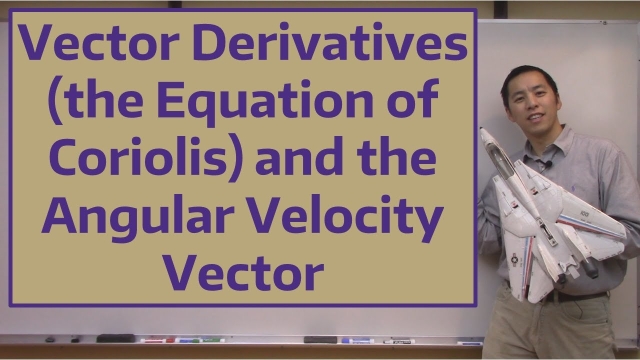
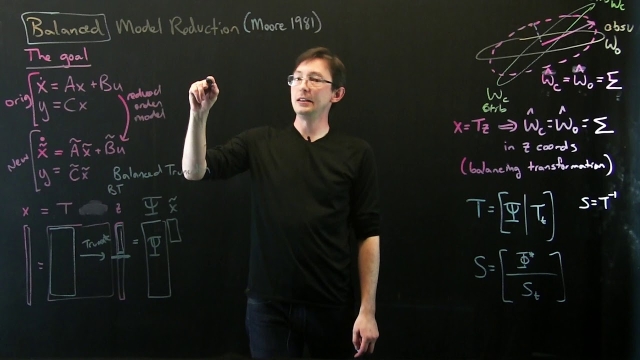
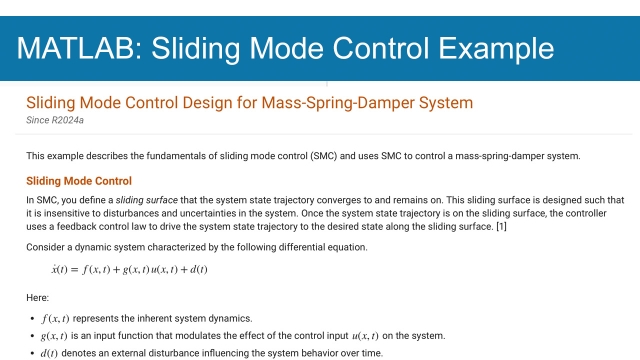
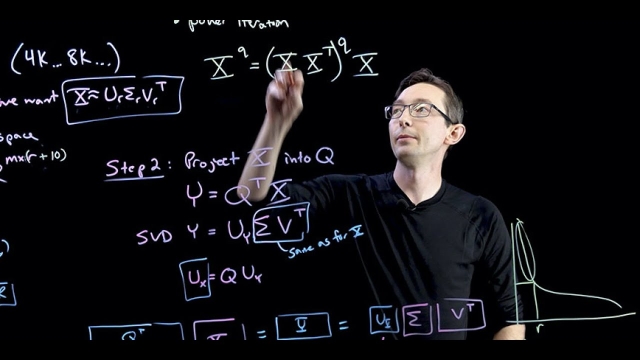
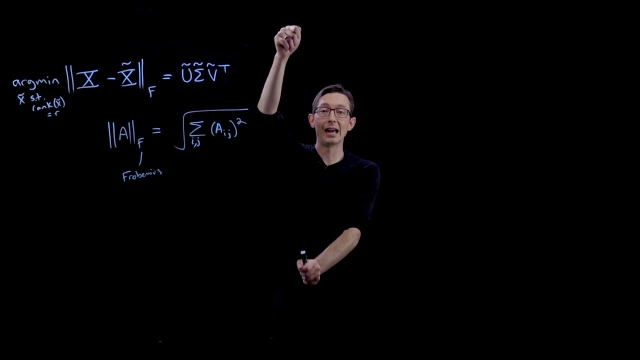

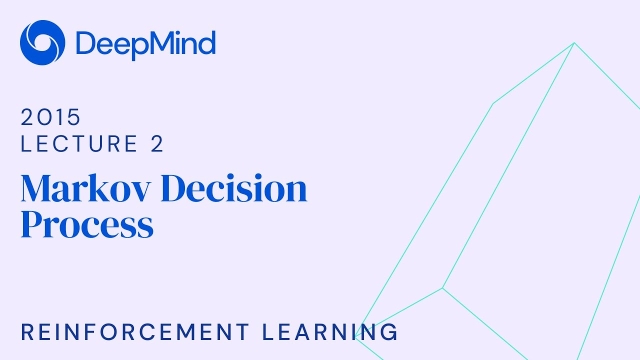
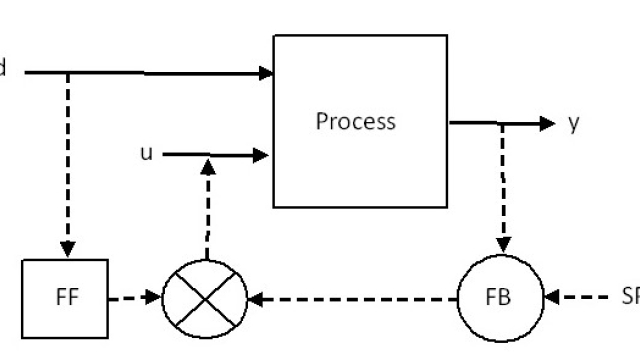


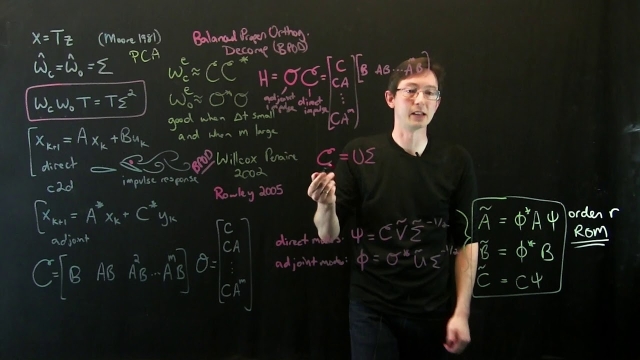

![Linear Regression 2 [Python] Linear Regression 2 [Python]](/sites/default/files/styles/search_resulkts/public/2020-12/maxresdefault_437.jpg?itok=jfYpmzNR)
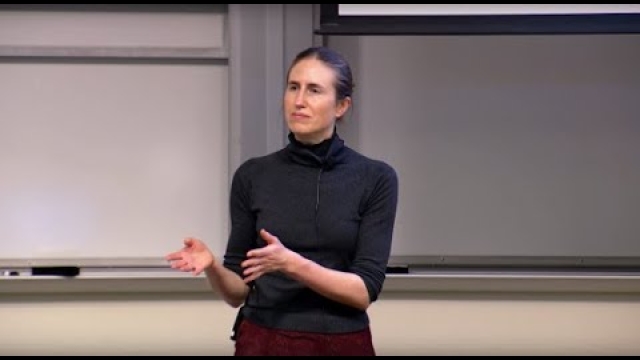
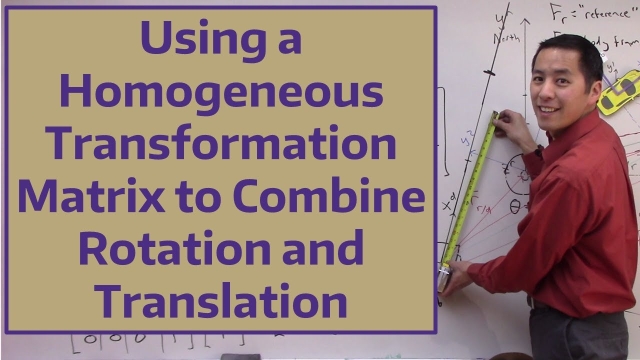
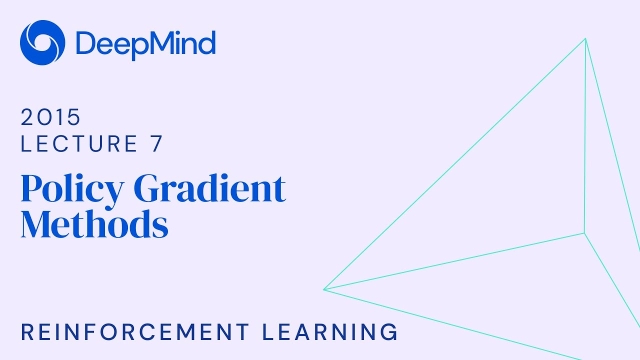
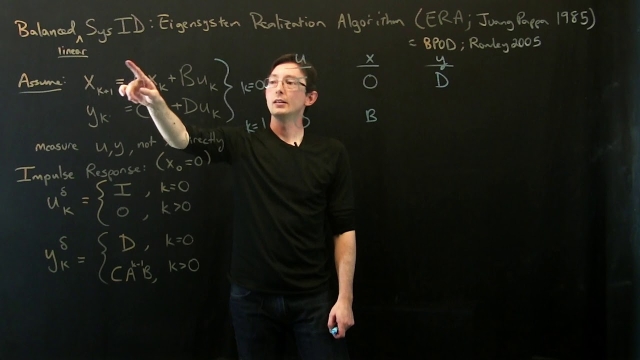
![SVD: Eigenfaces 2 [Python]](/sites/default/files/styles/search_resulkts/public/2020-12/maxresdefault_415.jpg?itok=9rg4zY8s)
